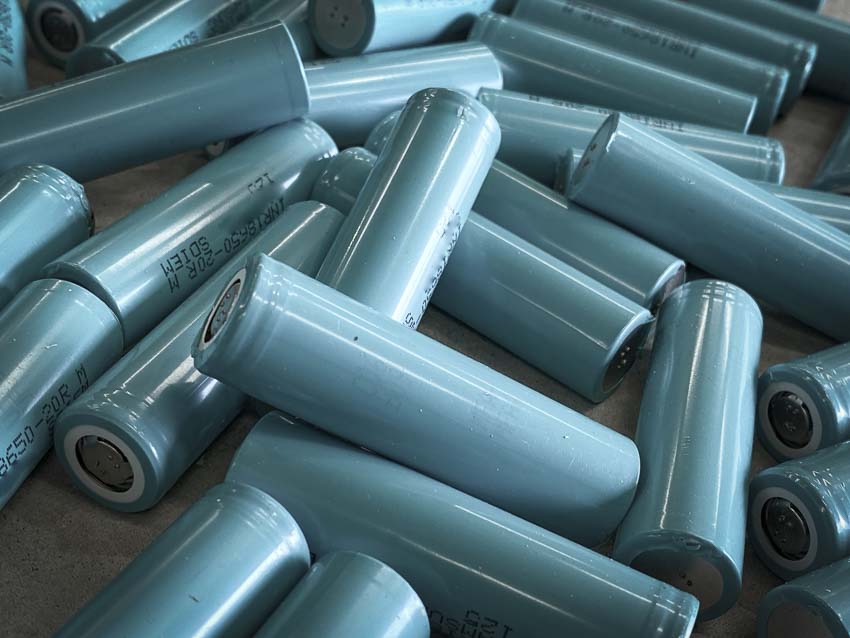We keep following the news on Lithium-ion because, well, it’s an evolving technology. The thing with Li-ion batteries is that it represents a major leap forward in terms of power-to-weight ratios and performance capabilities. However, it’s not a quantum leap forward over NiCd batteries or NiMH batteries. No, for that we’ll need to experience something that will revolutionize the density of stored power or recharge-ability. And that’s why we keep our eyes peeled for news of what’s coming up around the bend. Most recently, researchers at Washington State University claimed to have discovered a method of packing more energy into a lithium-ion battery. But they also did one better: they claim to also have discovered a way to charge the battery at a faster rate using tin anodes.
Tin Anodes in Lithium-ion Batteries
The Washington State trick is to actually swap out the anode material (currently graphite) for good ole fashioned tin. This is per Grant Norton, professor of mechanical and materials engineering at the University. He heads up the research in this department. And the increase in capacity isn’t small. Professor Norton claims there will be a three-fold gain in storage capacity from using tin. The reason graphite is used is that it’s relatively common and inexpensive. Possibly the most important factor, however—it’s stable.
So, integrating other materials into Lithium-ion batteries isn’t the big deal. Getting it to work on a nanoscale, is. And the cost involved in properly procuring and preparing those materials also factors in. This is one of the reasons manufacturers haven’t gone to silicon, for example. Silicon, on paper, holds a ton more lithium-ions (and thus potential energy in terms of density) than graphite, but they haven’t figure out how to stabilize it yet. Tin anodes aren’t as good as silicon, but it’s already being used in part by such companies as Sony, for example, and there is more promise that it can be ramped up to real-world production and performance requirements.
The key development with respect to Washington State University’s work involves electroplating as the method and means of using tin anodes properly. They also seek to reduce the required manufacturing steps to do it. Lots of work remains before this becomes a reality. Still, this adds yet one more direction to a rather promising mix of technologies.



